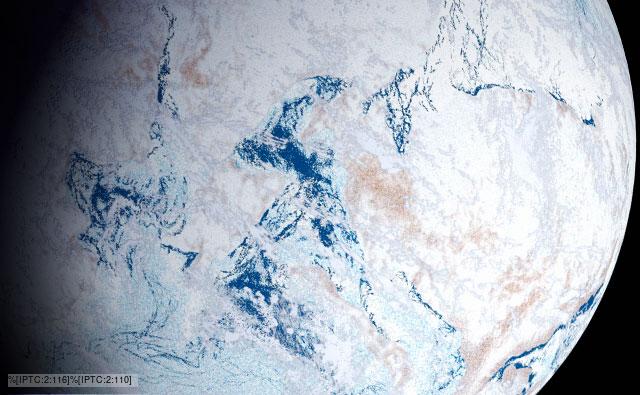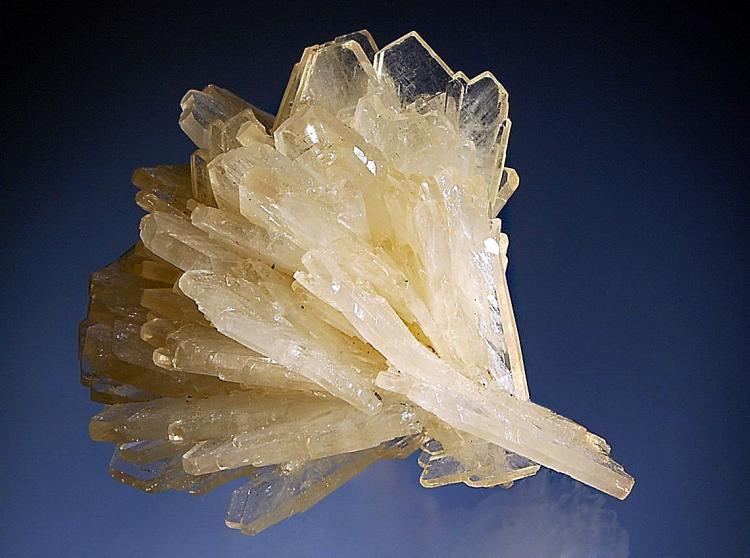 |
| A artist's impression of Snowball Earth. |
Drop stones, fragments of rock embedded in foreign formations by the weight and pressure exerted by the glaciers, showed that the coverage extended to within less than 20 degrees of the equator. These feature in the geological record for 200 million years and is where, amongst other things, we derive our number for the duration of Snowball Earth. Yet 580 million years ago drop stones take a break from the geological record, showing the end of the glaciation period.
 |
| Volcanoes are most likely the demise of Snowball Earth. |
Isotopes provide the answer. Isotopes of an element have identical chemical properties, but different physical properties, relating specifically to their weight. Using these subtle differences, geologists from Louisiana State University found evidence of a massive increase in the carbon dioxide composition of the end Snowball Earth atmosphere.
'The story is to put a time limit on how fast our Earth system can recover from a total frozen state,' said Huiming Bao. 'It is about a unique and rapidly changing post-glacial world, but is also about the incredible resilience of life and life's remarkable ability to restore a new balance between atmosphere, hydrosphere and biosphere after a global glaciation.' To find out this time limit, Bao and his team examined the chemical composition of crystalline 'fans' composed of barite (barium sulphate).
 |
| A high quality barite mineral fan (this is an example rather than the ones used in the study) |
Not only was the ratio higher, but the rarer isotopes were in greater abundance in the barite. This showed an increased uptake of oxygen from the atmosphere. However, the rate of mineral formation is slow, too slow to have altered the composition of the atmosphere.
 |
| A sample of barium sediments |
As a result, there would have been a massively increased concentration of carbon dioxide in the atmosphere as the volcanic carbon reacted to oxygen to produce its gaseous oxide.
It was this carbon dioxide which would have trapped heat, ending the Snowball Earth. 'Something significant happened in the atmosphere,' said Killingsworth. 'This kind of an atmospheric shift in carbon dioxide is not observed during any other period of Earth's history.' By studying the isotopic composition of the layers of barite deposits, Bao's team came up with what they have dubbed the MOSD event, Marinoan Oxygen-17 Depletion, which lasted for about 1 million years.
What is more, the team were able to date the layered barite beds by examining their stratigraphic position relative to igneous formations. They found that each mineral deposit was almost exactly the same age as a volcanic deposit, strengthening the links between the MOSD event, volcanic activity and the barite layers. Indeed, Bao himself stated that he was originally a casual disbeliever of the Snowball Earth event. Then he received barite samples from a colleague at Louisiana State University, samples which led to this study and what might be the answer to the end of the biggest glaciation in the planet's long history.